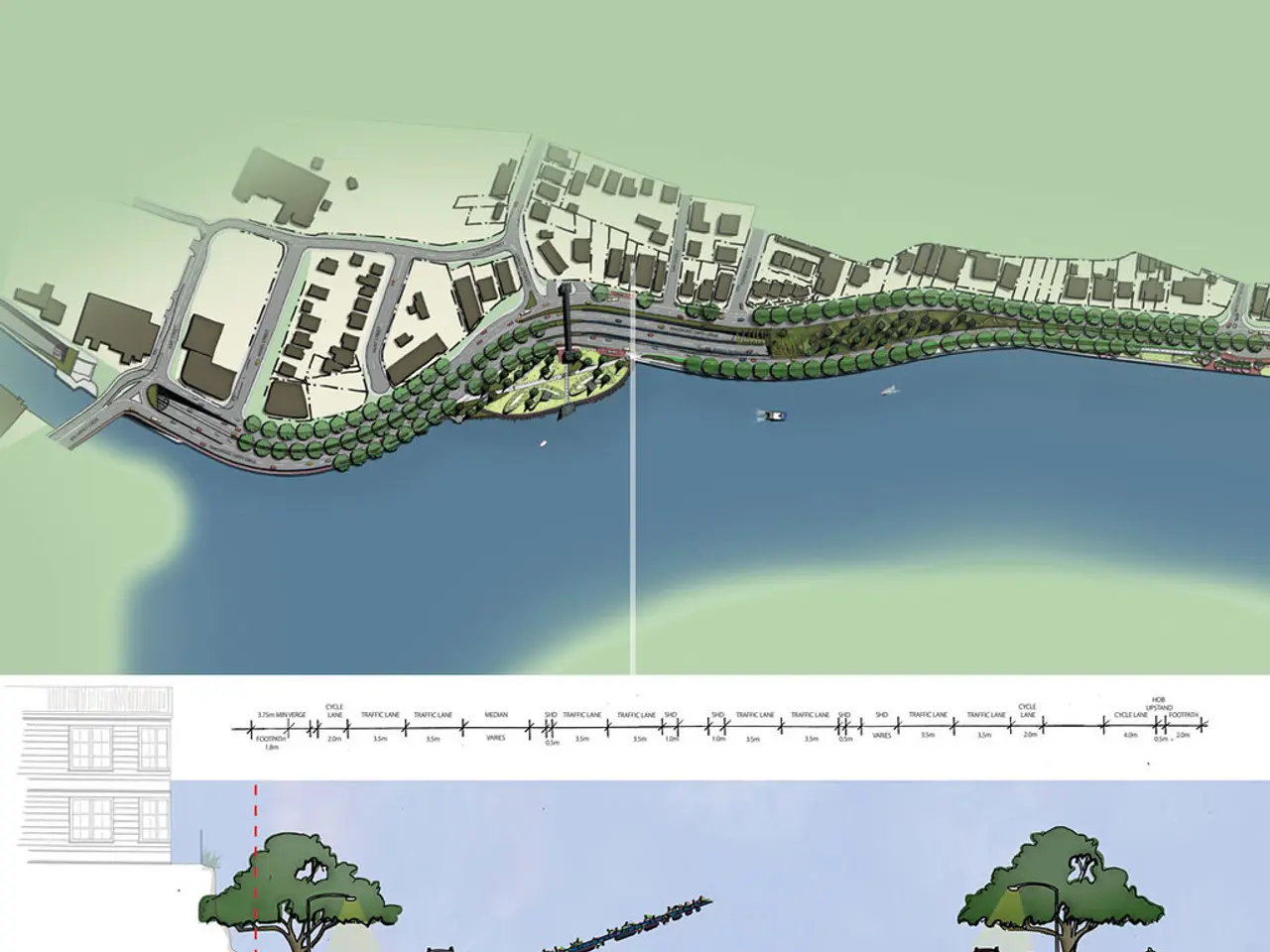Technology Transforms Tourism Landscape: While driving overcrowding, it also offers potential remedies
In the modern world, digital advancements are revolutionising the tourism industry, offering a unique opportunity to manage overtourism and preserve cultural and natural heritage.
Overtourism, a growing concern in many global destinations, is not yet defeated, but digital tools present potential solutions to its management. These technologies are being used primarily through AI-driven visitor management, virtual heritage experiences, big data analytics, smart mobility solutions, and participatory digital platforms.
AI chatbots and platforms, such as TouristInfo AI, help destination managers intelligently distribute visitors to prevent overcrowding and protect local communities. Virtual and augmented reality tools, like UNESCO’s “Dive into Heritage” initiative, allow people worldwide to experience World Heritage Sites digitally, reducing physical travel and corresponding strain on these sites.
Satellite data and environmental monitoring technologies assess risks like floods or wildfires at vulnerable heritage sites, enabling better preservation planning. Big data analytics, social listening, and sentiment analysis empower destination marketing organisations (DMOs) to monitor tourism impact, understand visitor behaviours, and design targeted sustainable tourism policies that prevent overexposure and protect authenticity.
Ethically guided influencer marketing combined with participatory content created with local communities supports cultural identity and reduces the risk of tourism saturation driven by social media trends. Smart city and tourism models, like those in Turin and Benidorm, use AI, smart mobility solutions, and mobile apps to manage visitor flow in real time, reduce environmental footprints, and diversify tourism offerings beyond peak seasons to ease pressure on heritage sites.
Regulatory technologies and platforms also assist in enforcing limits on short-term rentals, such as Airbnb, to prevent housing market inflation and protect local residents from displacement.
These digital tools enable a more sustainable and respectful approach to tourism, balancing visitor engagement with the critical need to conserve cultural and natural heritage while supporting local communities. However, this trend strains local infrastructure and diminishes the quality of life for locals.
Millions of travelers are flocking to popular destinations due to social media content and the possibility of remote work. Mobile apps and social networks have transformed the ways destinations are chosen, with a single viral video potentially turning an unknown corner of the planet into a mass pilgrimage site. Tourists now create their own routes based on reviews, ratings, and photos, making every lesser-known object a potential "magnet" for crowds.
AI algorithms can predict peak loads on tourist zones and suggest alternative routes, potentially benefiting megacities and historic centers struggling with seasonal guest influxes. Economic pressure and awareness of climate change consequences are altering traveler behaviour, reducing long flights and encouraging local destinations.
In conclusion, digital tools are becoming a tool for sustainable tourism management, rather than an enemy. Balancing industry growth with the need to preserve cultural and natural heritage and support local communities adds an extra layer of complexity. Yet, with the right strategies and technologies, a more sustainable and respectful future for tourism is within reach.
References:
[1] TouristInfo AI: https://touristinfo.ai/ [2] UNESCO’s “Dive into Heritage” initiative: https://en.unesco.org/dive-heritage [3] Big data analytics, social listening, and sentiment analysis: https://www.forbes.com/sites/forbesagencycouncil/2019/08/26/how-big-data-is-transforming-tourism/?sh=6615994e7c47 [4] Smart city and tourism models: https://www.smartcitiesworld.net/smart-city-expo/smart-cities-tourism/ [5] Regulatory technologies and platforms: https://www.theguardian.com/travel/2019/jul/31/airbnb-regulatory-crackdown-paris-barcelona-berlin-new-york-san-francisco
AI-driven visitor management systems, like TouristInfo AI, are crucial in distributing visitors intelligently and preventing overcrowding, thus preserving cultural and natural heritage while supporting local communities. Virtual and augmented reality tools, such as UNESCO’s “Dive into Heritage” initiative, offer travelers the opportunity to experience World Heritage Sites digitally, reducing physical travel and corresponding strain on these sites.




